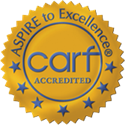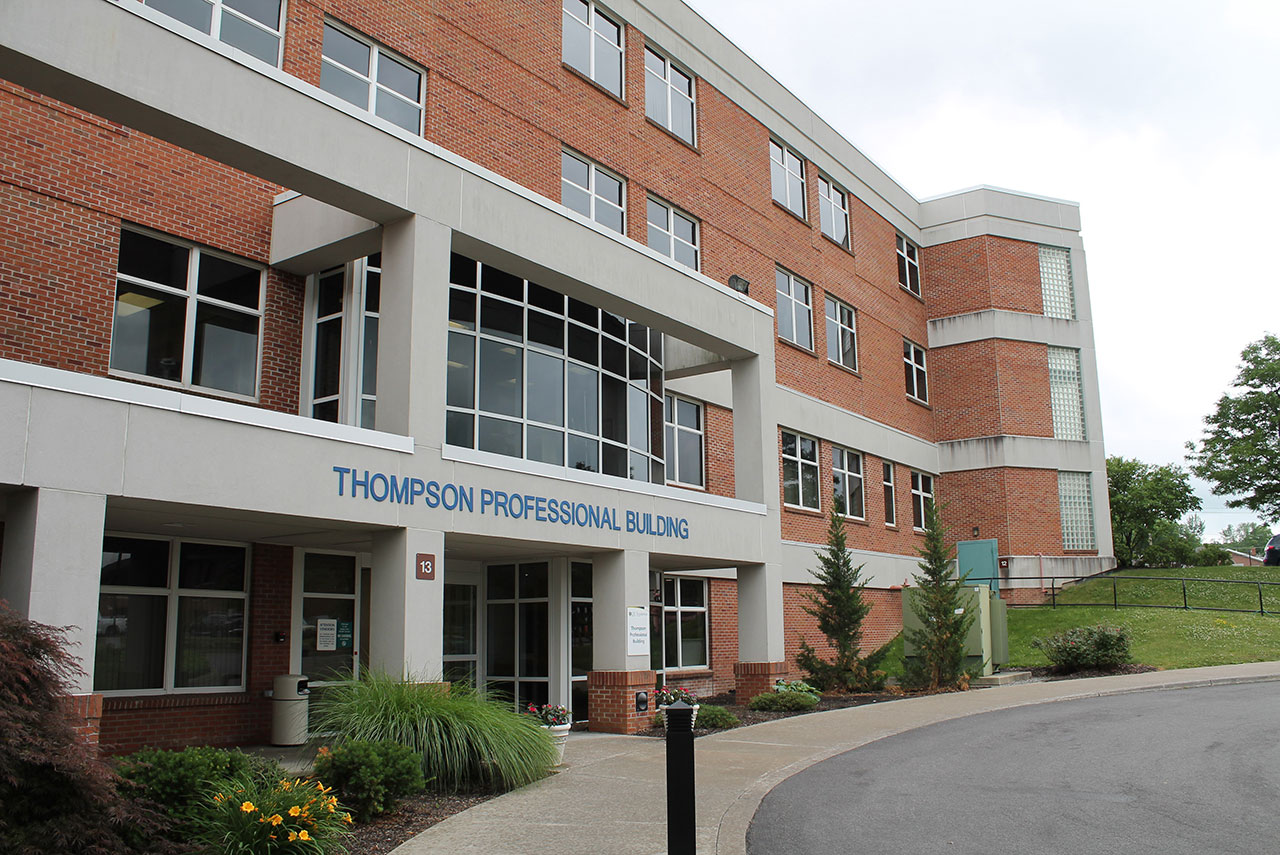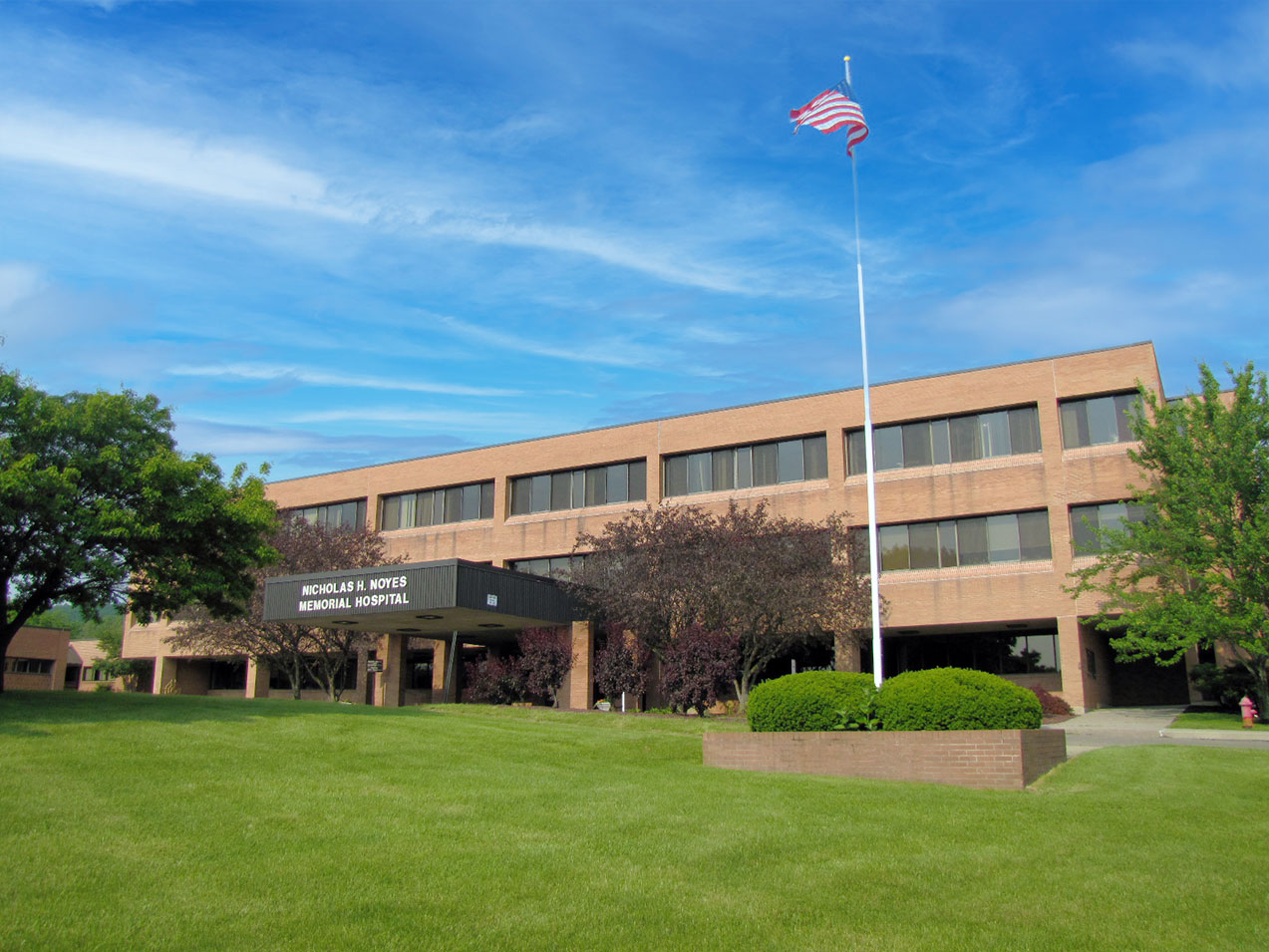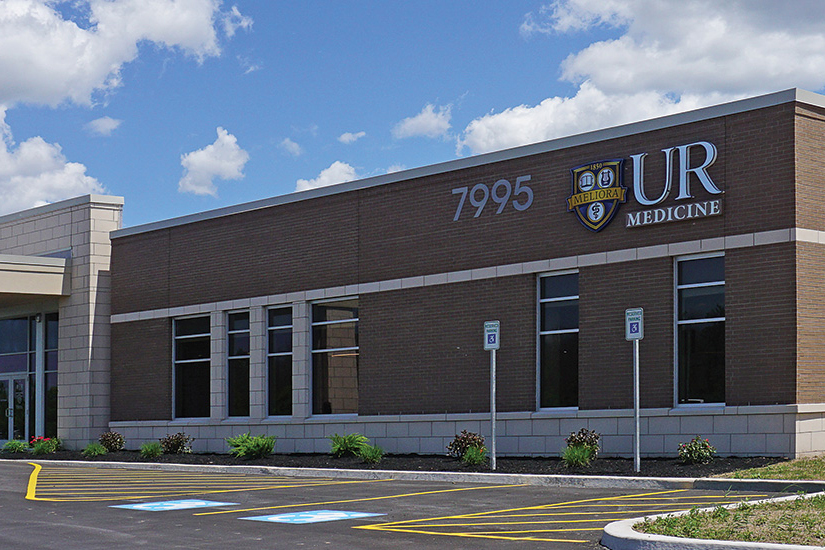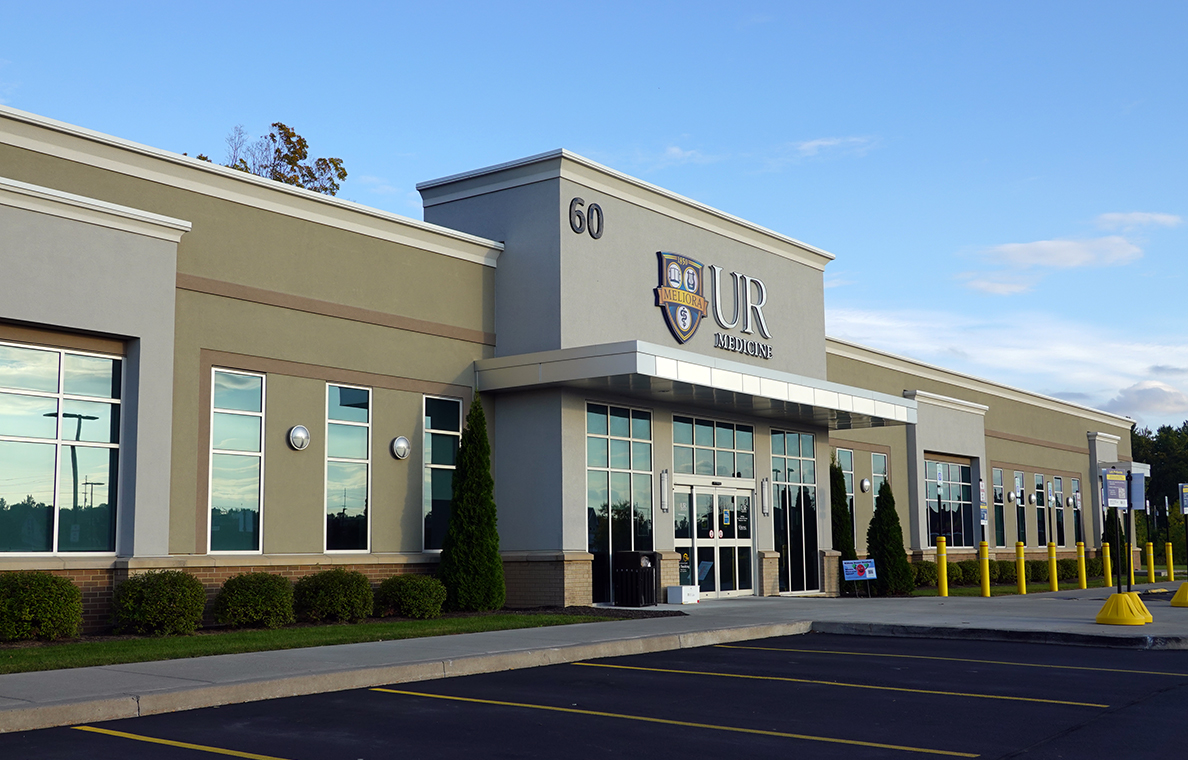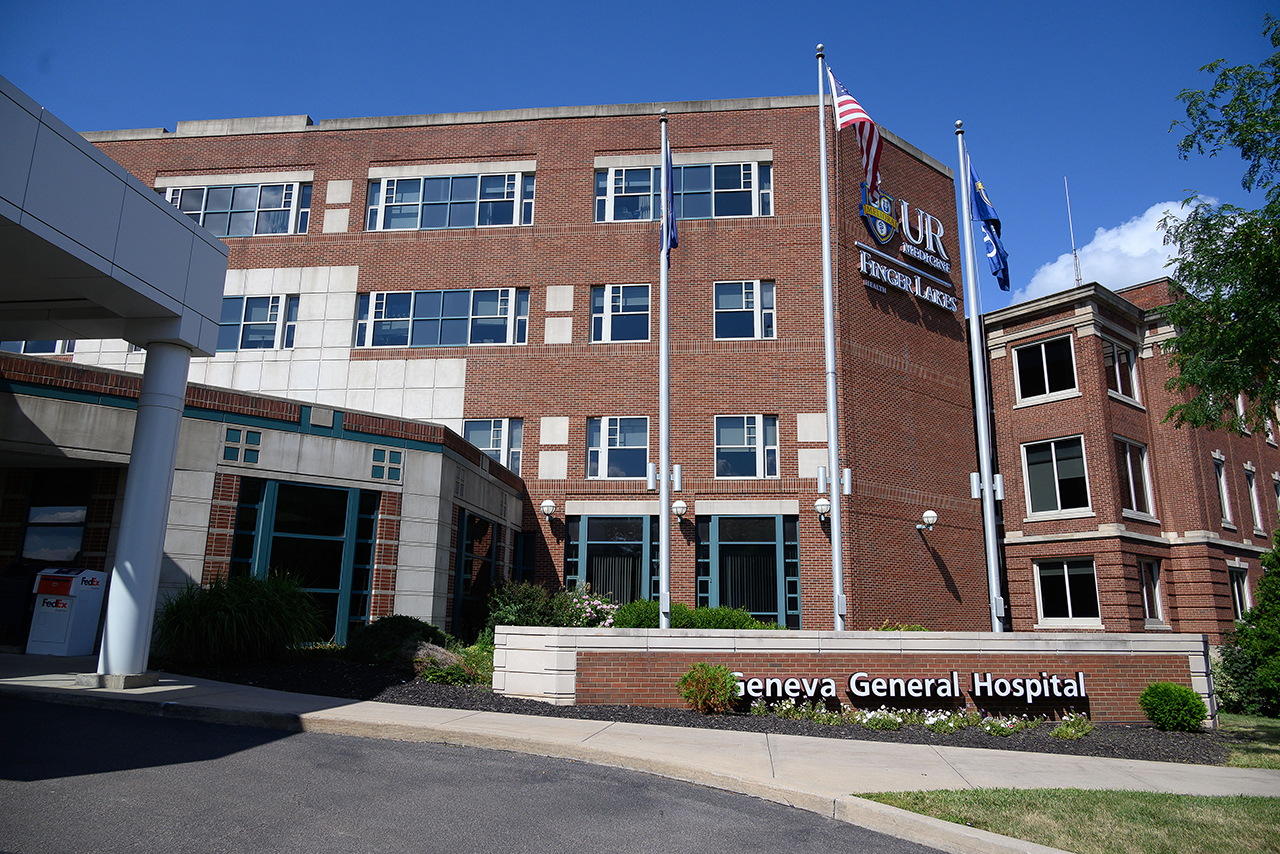Spinal Cord Injury
Make Appointments & Get Care
What is a Spinal Cord Injury?
A spinal cord injury (SCI) happens when there is damage to the spinal cord, which can stop signals between the brain and the rest of the body. The effects depend on the level of the injury—whether in the neck, chest, or lower back—and how severe it is. People with spinal cord injuries may lose movement and feeling below the injury site.
This condition can be life-changing. It affects mobility, daily routines, and overall wellness. It may also bring complications of spinal cord injury, making long-term care important for quality of life.
Common Symptoms
Loss of movement or sensation below the injury level
Muscle weakness or spasms
Problems with body temperature control
Bladder or bowel dysfunction
Difficulty breathing (especially with neck-level injuries)
Blood clots (deep vein thrombosis) due to reduced mobility
How Symptoms Vary
High-level (cervical) injuries can affect breathing, arm function, and vital signs.
Lower spine injuries more often affect legs and bladder control.
Severity ranges from complete injuries (no sensation or movement) to incomplete injuries (some nerves are still working).
Causes and Risk Factors
Falls, car accidents, sports injuries, violence, and disease.
Genetic factors can influence bone strength.
Pre-existing conditions (e.g., osteoarthritis, osteoporosis) may increase risk.
UR Medicine's Treatments for Spinal Cord Injury
Diagnosis
Emergency Care & Intensive Care Unit: Immediate stabilization in the ICU for breathing, blood pressure, and preventing secondary damage.
Imaging Tests: CT scans to spot broken bones or spinal damage and MRI to view soft tissues and the spinal cord itself.
Neurological Exams: Tests that check muscle strength, reflexes, and sensation. Helps determine the part of the spinal cord affected and the level of injury.
Treatment and Rehabilitation
UR Medicine's spine care team includes orthopaedic surgeons, physical medicine specialists (physiatrists), neurosurgeons, neurologists, physical therapists, rehabilitation experts, and neuro-pain management providers.
UR Medicine’s spinal cord specialists offer coordinated, multidisciplinary care, including:
- Surgical stabilization: repair fractures and relieve spinal pressure.
- Spasticity management
Medication: steroids or other drugs to reduce swelling and protect nerves.
Rehabilitation services:
Physical therapy to strengthen muscles and prevent long term muscle loss.
Occupational therapy to adapt daily activities and equipment.
Spinal Cord Injury Male Fertility Program
Preventive care:
Monitor for blood clots, urinary infections, pressure sores, and temperature regulation issues.
Living With Spinal Cord Injury
Spinal cord injury affects life long-term. At UR Medicine, we offer:
Self-care training: bladder, bowel, and skin management.
Adaptive devices: beds, wheelchairs, home modifications.
Support services: counseling, peer groups, vocational rehab, and support for families and caregivers.
Transition programs: from hospital to home or specialized rehab.
What Sets Us Apart?
Our spine care team has the longest history of treating conditions of the spine in the Rochester and Finger Lakes region. Our program continues to grow; tens of thousands of patients work with our spine care team every year.
The Rehabilitation Unit at Strong Memorial Hospital is the only one in the region that provides complete rehabilitative care for spinal cord injuries, from pediatric to adult patients. We are the region's only unit accredited for spinal cord injury systems of care by the Commission on Accreditation of Rehabilitation Facilities, the independent accreditor of health and human services.
Strong Memorial Hospital receives the vast majority of spinal cord injuries occurring within the Rochester and Finger Lakes region. For years, we have been receiving referrals from neighboring metropolitan areas including Niagara Falls, Buffalo, Jamestown, Syracuse, Utica and Watertown.
Locations
View All LocationsWe serve you in the Rochester metropolitan area and surrounding region.
View All Locations13 locations
Clinton Crossings, Building H
2400 South Clinton Avenue, Suite 150
Rochester, NY 14618
2180 South Clinton Avenue
Rochester, NY 14618
Parnall Office Building at Rochester General Hospital
1445 Portland Avenue, Suite 305
Rochester, NY 14621
84 Canal Street, Suite 8
Big Flats, NY 14814
Thompson Professional Building
395 West Street, Suite 007
Canandaigua, NY 14424
Noyes Memorial Hospital
111 Clara Barton Street, Suite 178A
Dansville, NY 14437
St. James Medical Office Building
7309 Seneca Road North, Entrance C, Suite 102
Hornell, NY 14843
Cayuga Medical Office
905 Hanshaw Road, Suite A
Ithaca, NY 14850
7995 Call Parkway, Suite 100
Batavia, NY 14020
Strong Memorial Hospital
601 Elmwood Avenue
Rochester, NY 14642
Geneva General Hospital
200 North Street, Suite 304
Geneva, NY 14456
1340 Washington St, Suite 3
Watertown, NY 13061
Patient Education & Support
- Paralyzed Veterans of America - Guide to Self Care for Persons with Spinal Cord Injury (PDF)
- Rochester Spinal Association
- Spinal Cord Injury Clinical Trials
- Understanding Spinal Cord Injury | Shepherd Center Videos
- Model Systems Knowledge Translation Center
- New Mobility - Wheelchair Culture & Lifestyle
Related Services & Conditions
- Herniated Disc
- Balance Training
- Inpatient Acute Rehabilitation
- Neurological Rehabilitation
- Occupational Therapy (OT)
- Physical Therapy
- Spasticity
- Orthopaedics & Physical Performance
- Physical Medicine & Rehabilitation
- Neurosurgery
- Neuromedicine Pain Management
- Neurology
- Emergency Imaging
- Diagnostic and Interventional Neuroradiology
- Neurorehabilitation
- Brain and Spinal Cord Injury Program
- Spinal Cord Injury Rehabilitation
